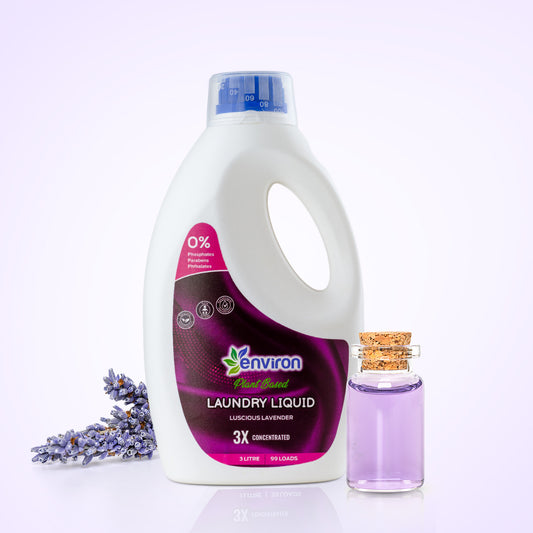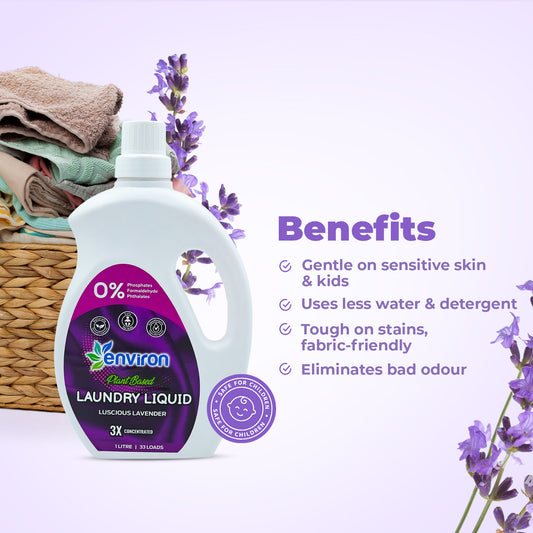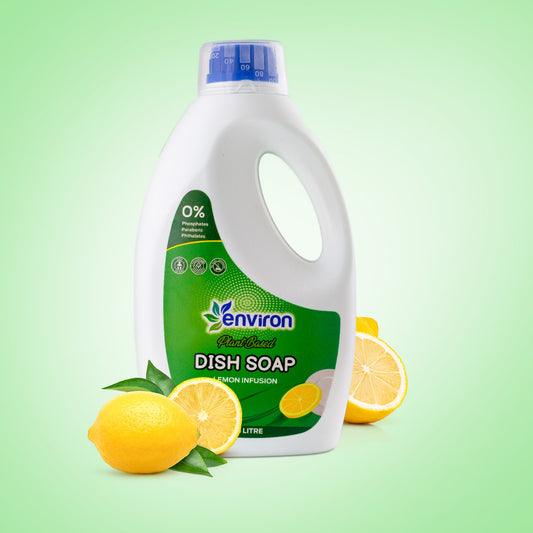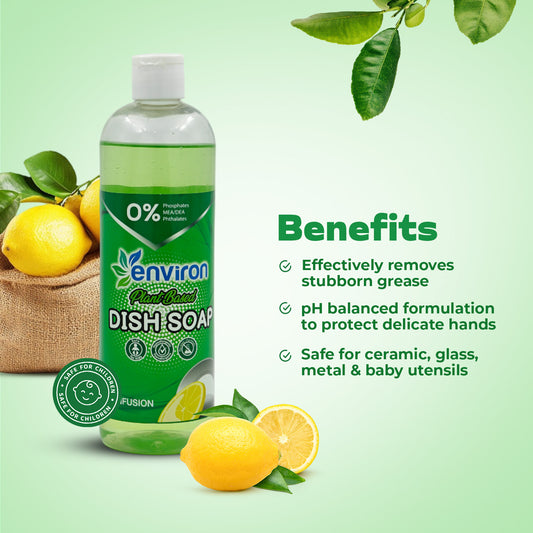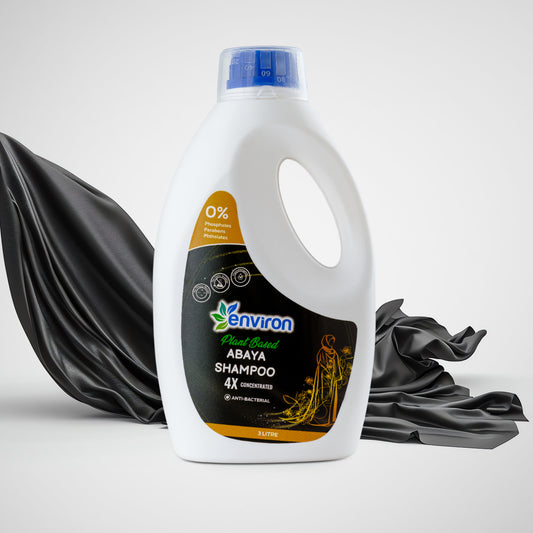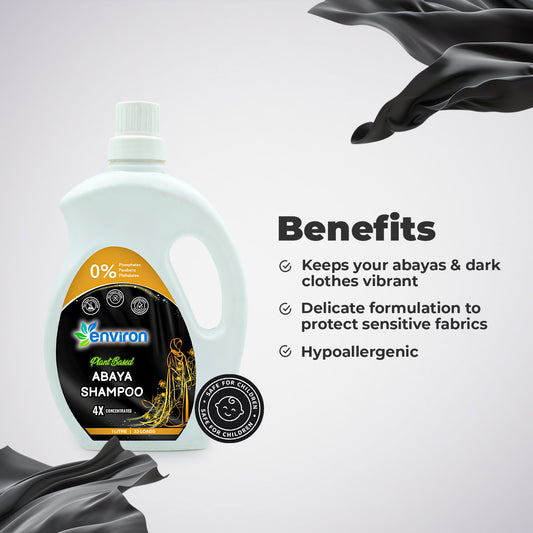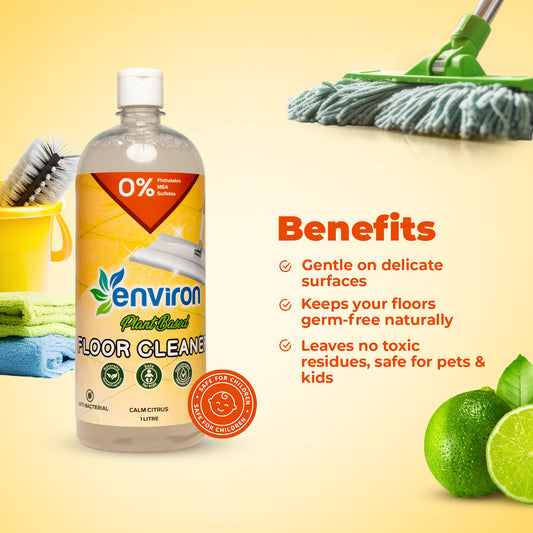Doing laundry may feel like a routine chore, but the products you choose impact your clothes, your skin and the environment. If you’ve ever wondered why people use washing liquid for clothes, fabric softener and detergent together, this guide will walk you through how each one works and why an eco-friendly approach matters.
1. Laundry Detergent or Washing Liquid: The Cleaning Base
Let’s start with the basics. Whether you call it laundry detergent or washing liquid, the job is the same: lifting dirt, sweat and everyday stains from fabric.
-
Powder detergents are common, but they often leave behind residue that can irritate skin or fade colors.
-
Washing liquid for clothes, on the other hand, dissolves quickly in water, penetrates deep into fabric and works well even in quick wash cycles.
Eco-friendly formulas skip harsh chemicals like bleach, ammonia, synthetic fragrances and dyes. Look for labels that say ‘plant-based’ or ‘free from harsh chemicals.' This ensures your laundry cleans effectively while protecting children’s skin, sensitive adults and delicate garments.
Switching to these formulas helps prevent itchy hands, allergic reactions in children and rough skin in elders, while also protecting delicate garments like abayas or kanduras from fading or fiber damage.
2. Fabric Softener: The Finishing Touch
If detergent is about cleaning, fabric softener is about care. It makes clothes feel smoother, reduces static and helps fabrics last longer. Think of it as a fabric conditioner, a way to restore texture and freshness after the deep cleaning done by the detergent or washing liquid.
Eco-friendly laundry conditioners avoid parabens and phthalates, so you get that softness without bringing unnecessary chemicals into your home.
3. Why They Work Best Together
Here’s where the magic happens.
-
Washing liquid for clothes tackles dirt, sweat and odor.
-
Fabric conditioner restores comfort and gives garments a fresh feel.
Using them together means your clothes don’t just come out clean, they come out comfortable, gentle on skin and pleasant to wear.
4. Small Laundry Habits That Make a Big Difference
Beyond the products you use, the way you wash your clothes plays a big role. Here are some simple but effective tips:
-
Wash in cold water: It saves energy and prevents colors from fading.
-
Don’t overload the machine: Overpacking means detergent or washing liquid can’t circulate properly.
-
Turn clothes inside out: This protects prints and colors during the wash cycle.
-
Use the right amount of detergent or washing liquid: Overusing doesn’t clean better; it often leaves residue that irritates skin or dulls fabric.
Make the switch to plant-based detergents that are free from harmful chemicals to keep your clothes, skin and home safe while supporting a healthier environment.
5. Understanding “Clean” Beyond Stains
Removing stains doesn’t always mean clothes are truly clean. Regular detergents may mask odors with synthetic fragrances, while eco-friendly washing liquids and fabric conditioners remove odors at the source. They also reduce fiber friction, keeping clothes soft, vibrant and long-lasting.
Conclusion
Laundry isn’t just about removing dirt. It’s about protecting what you wear, keeping your skin safe and making choices that are kinder to the planet. By combining washing liquid for clothes with a gentle fabric softener or conditioner and adding in a few eco-friendly habits, you can create a laundry routine that’s not just effective but also sustainable.
Choose laundry detergent and fabric softner that works with your lifestyle and keeps your clothes feeling fresh, clean and cared for.


